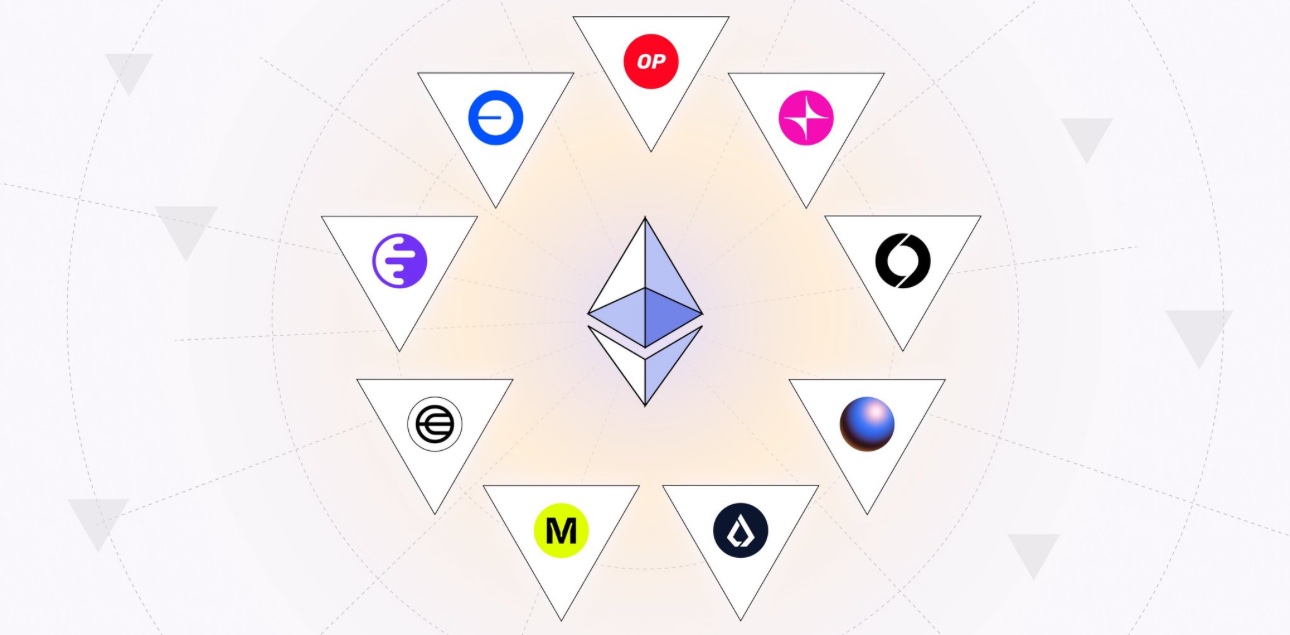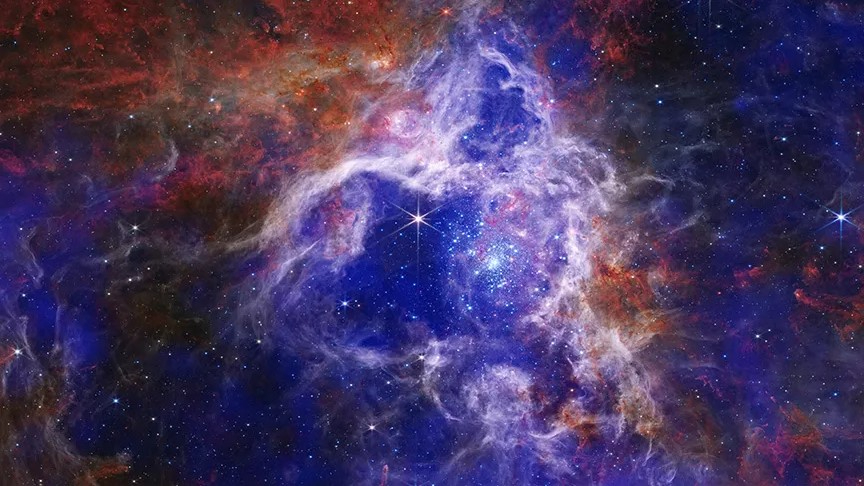
astro-art
/astro-art351
A haven for all things astro, from the most profound science to the most sublime art. All art forms welcome. ✨ Lovers of starlight, this is your home now.
Yesterday’s Total Lunar Eclipse - The First Since 2022 🌙
Here is a quick edit of the major phases of the total lunar eclipse. Each image is a single shot, not HDR. I selected images that were on the cusp of being blown out/underexposed to try and display the full dynamic range.
I hope you like it!
An eclipse occurs when the sun moves behind the Earth, casting the Earth’s shadow on the surface of the moon. The red colour comes from light refracting through the Earth’s atmosphere & experiencing Rayleigh scattering. The blue colour comes from light passing through the ozone layer of the atmosphere 🤯
This scattering is the cause of the bright red colour and also why sunrises & sunsets are colourful. You can think of the phenomenon as the sun casting infinite sunrises & sunsets onto the surface of the moon 😌
The images were processed in lightroom, increasing the dynamic range & emphasizing the natural colours picked up by my camera
EXIF: f9-f11, ISO 100, 560 mm, shutter speeds: 1/250 --> 20 s
Here is a quick edit of the major phases of the total lunar eclipse. Each image is a single shot, not HDR. I selected images that were on the cusp of being blown out/underexposed to try and display the full dynamic range.
I hope you like it!
An eclipse occurs when the sun moves behind the Earth, casting the Earth’s shadow on the surface of the moon. The red colour comes from light refracting through the Earth’s atmosphere & experiencing Rayleigh scattering. The blue colour comes from light passing through the ozone layer of the atmosphere 🤯
This scattering is the cause of the bright red colour and also why sunrises & sunsets are colourful. You can think of the phenomenon as the sun casting infinite sunrises & sunsets onto the surface of the moon 😌
The images were processed in lightroom, increasing the dynamic range & emphasizing the natural colours picked up by my camera
EXIF: f9-f11, ISO 100, 560 mm, shutter speeds: 1/250 --> 20 s
A timelapse of some /astro-art, the last total lunar eclipse for 3 years (until tomorrow)
I took a wide-angle timelapse and a telephoto timelapse to show you how the eclipse impacts the sky while capturing the detail of the beautifully changing colour on the surface of the moon
https://youtu.be/lU6sKVJ24RI?si=xheDnZmrHto01zdP
I took a wide-angle timelapse and a telephoto timelapse to show you how the eclipse impacts the sky while capturing the detail of the beautifully changing colour on the surface of the moon
https://youtu.be/lU6sKVJ24RI?si=xheDnZmrHto01zdP
Hi friends!
Get ready for a breathtaking cosmic event!
Starting January 18, the best planet parade of the year will light up the night sky. A planet parade happens when multiple planets align closely in the sky, creating a stunning celestial display. It’s a rare treat for stargazers, so grab your binoculars, find a clear spot, and witness the magic of our solar system in action.
Don’t miss this chance to marvel at the wonders of the universe! 🌌✨
Get ready for a breathtaking cosmic event!
Starting January 18, the best planet parade of the year will light up the night sky. A planet parade happens when multiple planets align closely in the sky, creating a stunning celestial display. It’s a rare treat for stargazers, so grab your binoculars, find a clear spot, and witness the magic of our solar system in action.
Don’t miss this chance to marvel at the wonders of the universe! 🌌✨


Galaxies ARP 142 : this is spiral galaxy is speculated to born 100 to 200 stars per year. the galaxy is located about 326 million light-years form earth.
All these beautiful images taken by James Webb are truly breathtaking.
30 Doradus, the Tarantula Nebula.
https://www.space.com/chandra-sonifications-exploded-star-sounds-nasa-video
30 Doradus, the Tarantula Nebula.
https://www.space.com/chandra-sonifications-exploded-star-sounds-nasa-video








